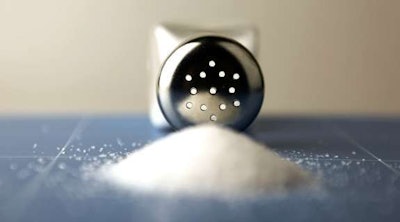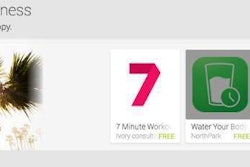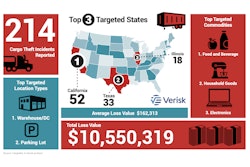
If you’re driving a truck across the highways of America these days, you likely have hypertension – high blood pressure – or are pre-hypertensive – you have blood pressure slightly higher than it should be.
In fact, the National Institute of Health (NIH) says 87 percent of truckers have high or elevated blood pressure. That compares to 58 percent of the adult population as a whole, and high blood pressure is a major cause of heart disease and stroke.
That’s the bad news.
Here’s the good: high/elevated blood pressure can be controlled, often with medication. But, it’s also one of those health issues about which you can do something on your own.
This is how: reduce your intake of sodium. In other words, lay off the salt.
The NIH and other health organizations agree that many of us should limit our sodium intake. Current dietary guidelines recommend limiting sodium intake to 1,500 milligrams (mg) per day for people 51 years old and older, African Americans, and those who have high blood pressure, diabetes, or chronic kidney disease — about half the U.S. population and the majority of adults. All others should limit their sodium intake to less than 2,300 mg per day.
Controlling your sodium intake may not be a monumental task, but neither is it a Sunday drive in the country. That’s primarily because salt is almost everywhere.
Here are the salty facts:
[gt_icon_list border=”false”]
[gt_icon_list_item icon=”circle” position=”left” size=”8″ color=”#333″ ]The Mayo Clinic estimates a tablespoon of salt contains 2,325 milligrams of sodium.[/gt_icon_list_item]
[gt_icon_list_item icon=”circle” position=”left” size=”8″ color=”#333″ ]90 percent of the sodium we eat comes from salt.[/gt_icon_list_item]
[gt_icon_list_item icon=”circle” position=”left” size=”8″ color=”#333″ ]77 percent of a person’s salt intake comes from restaurant or processed food (frozen dinners, canned foods and soups, lunch meats and chicken)[/gt_icon_list_item]
[gt_icon_list_item icon=”circle” position=”left” size=”8″ color=”#333″ ]6 percent of our salt intake is added at the table and only 5 percent during cooking.[/gt_icon_list_item]
[gt_icon_list_item icon=”circle” position=”left” size=”8″ color=”#333″ ]Many foods that contribute a lot of sodium to your diet do not taste salty, such as breads and cheeses, even diet sodas.[/gt_icon_list_item]
[gt_icon_list_item icon=”circle” position=”left” size=”8″ color=”#333″ ]Nearly 68 million U.S. adults (1 in 3) have high blood pressure.[/gt_icon_list_item]
[gt_icon_list_item icon=”circle” position=”left” size=”8″ color=”#333″ ]High blood pressure increases the risk for heart disease and stroke.[/gt_icon_list_item]
[gt_icon_list_item icon=”circle” position=”left” size=”8″ color=”#333″ ]1 in 2 adults with high blood pressure does not have it under control, and 1 in 3 does not receive any treatment.[/gt_icon_list_item]
[/gt_icon_list]
And, here is the potentially dangerous part: high blood pressure usually has no warning signs or symptoms, so many people don’t even know they have it.










